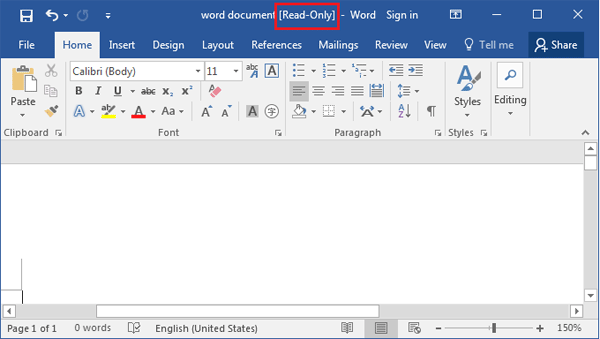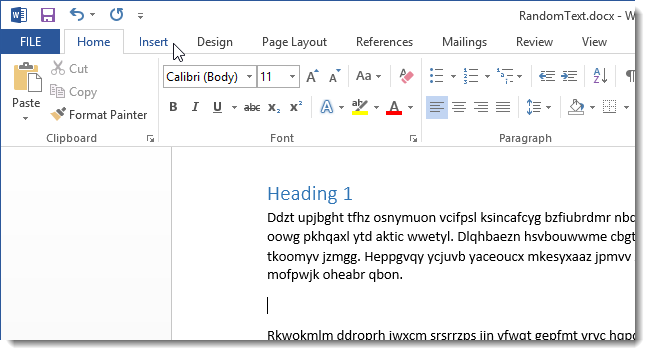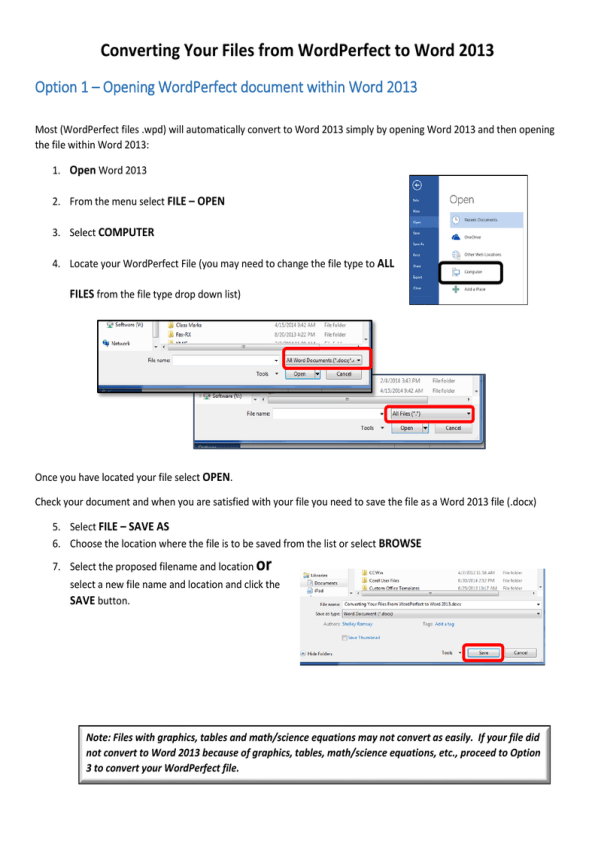
If both Word 2010-2019 are on the same computer, they will share this file and Word 2013 may reorder the entries. c:excel does not work on command line for us either I think WinWord will work with a file parameter too. In Word 2010-2019 changes to the QAT made through the Word Interface are stored by default in the file Word.officeUI not in the. c:> start excel 'file path and location' c:> start excel 'c:somepathmyfile.xlsx' worked for us to open a file created in VB 6.0 for Excel 2013. The shorter the time-lapse, the lower the chances of data loss due to power failures or possible Microsoft Word shutdowns. Just an FYI similar to Word for Excel on command line and parameters. Select FileName from the Field Names list. Choose Document Information from the Categories list. Click the Quick Parts tool in the Text group. For example, it is possible to set how often the recovery file should be created. Position the insertion point where you want the file name inserted. You can also use this feature in the cloud by placing the path in a folder that you have synchronized with any storage service, such as Google Drive, Dropbox, or OneDrive.įinally, do not forget that other related options are available to you. A good reason for changing the directory of the autosave file is to make it more accessible, perhaps by placing it in the documents folder. When you are done, remember to save your changes by clicking Ok. If you click on the Browse button, you can select a new directory for the temporary Word file. In the settings window, open the Save section and look at the path next to the AutoRecover file location. If you wish to modify the directory, simply go to the File menu and click on Options. Therefore, in general terms, it will not be necessary to locate the temporary Word file manually. After you’ve updated your template location, any new templates will be saved to this default location.

Make sure you do this for each Office program. You need to know that Word automatically detects unexpected shutdowns and offers the user to recover their work on restart. In your Office program, click File > Options > Save, and then paste the address into the Default personal templates location box. To make Personal the default screen you will need to edit the Registry.In this way, you can use the file explorer to recover any document that you have not been able to save. On clicking this button, a drop down menu appears which can be used for creating a new file, for opening an existing file, for saving a file, and for performing many other tasks.

Now, when you click File > New you can choose from Featured or Personal templates:įor a fuller explanation and other options see Use local templates with Office 2013. In Word 2007, the upper-left corner of the window is this Microsoft Office button.

To use the same folder as the User templates folder type: Note that you cannot browse to a location you must either correctly type a path or paste text for a path. This path should be the same as the User templates folder. In the Default personal templates location enter the path to your personal template folder.To specify the Default personal templates location: If you think the active content in a file is from a reliable source, it’s better to move the file to a trusted location, instead of changing the default Trust Center settings to a less-safe macro security setting. In fact, there is no way to access personal templates, only the Featured templates provided by Microsoft, unless you specify the Default personal templates location. This applies particularly to files with macros, data connections, ActiveX controls (what we call active content). In Word 2013 and 2016 this command no longer exists. In previous versions of Word the best way to start a new document from a template was to click File > New > My Templates.
#File locations in word 2013 windows
Personal templates in Word for Windows 20


 0 kommentar(er)
0 kommentar(er)
